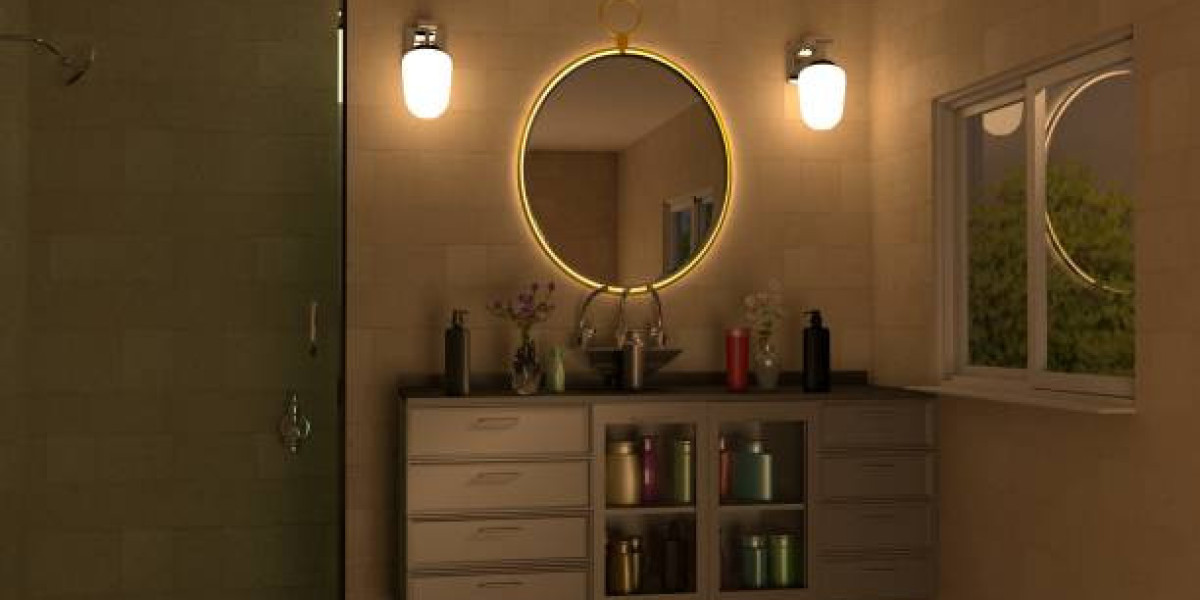Antique mirrors are more than just reflective surfaces; they are exquisite works of art that carry the allure of a bygone era. With their ornate frames, aged patina, and distinctive character, antique mirrors add a touch of timeless beauty and vintage charm to any space. In this comprehensive guide, we'll explore the allure of antique mirrors, from their rich history and craftsmanship to their versatility in modern interiors. Whether you're a collector, decorator, or simply drawn to the allure of the past, join us as we delve into the captivating world of antique mirrors.
The History and Significance of Antique Mirrors
Antique mirrors have a long and storied history that dates back centuries. Here's a brief overview of their evolution and significance:
Early Origins
The origins of mirrors can be traced back to ancient civilizations such as Mesopotamia, Egypt, and China, where polished metal surfaces were used to create reflective surfaces. Over time, advancements in craftsmanship and technology led to the development of glass mirrors, with the earliest known examples dating back to the Roman Empire.
Renaissance Elegance
During the Renaissance period, mirrors became symbols of wealth, luxury, and artistic expression. Venetian glassmakers perfected the art of mirror-making, creating elaborate designs adorned with intricate engravings, gilding, and decorative motifs. Mirrors were prized possessions found in the homes of nobility and royalty, reflecting the opulence and refinement of the era.
Victorian Splendor
In the 19th century, the Victorian era saw a resurgence of interest in ornate and decorative mirrors. Elaborate giltwood frames, Rococo-inspired carvings, and beveled glass became hallmarks of Victorian mirror design, reflecting the romanticism and nostalgia of the period. Mirrors adorned mantelpieces, dressing tables, and walls, serving as focal points in Victorian interiors.
The Appeal of Antique Mirrors in Modern Interiors
Despite their historical origins, antique mirrors continue to captivate homeowners and decorators with their timeless beauty and vintage charm. Here's why antique mirrors remain popular in modern interiors:
Unique Character and Patina
Unlike mass-produced mirrors, antique mirrors possess a unique character and patina that can't be replicated. Each mirror tells a story of its own, bearing the marks of age, wear, and craftsmanship that add to its allure and charm. From subtle imperfections to intricate details, antique mirrors exude authenticity and character that enhance the ambiance of any space.
Versatility in Design
Antique mirrors come in a variety of styles, sizes, and shapes, making them versatile additions to any decor scheme. Whether you prefer ornate Baroque mirrors, elegant Louis Philippe mirrors, or sleek Art Deco mirrors, there's an antique mirror to suit every taste and preference. Incorporating antique mirrors into modern interiors adds depth, dimension, and visual interest, creating a sense of timelessness and sophistication.
Statement-Making Focal Points
Antique mirrors have the power to transform ordinary spaces into extraordinary focal points. Placed above mantelpieces, console tables, or vanity units, antique mirrors command attention and draw the eye with their exquisite craftsmanship and decorative frames. Whether used as standalone pieces or grouped for a dramatic effect, antique mirrors make a statement in any room, infusing interiors with elegance and personality.
Tips for Incorporating Antique Mirrors into Your Home
If you're considering adding antique mirrors to your home decor, here are some tips to help you make the most of their timeless beauty and vintage charm:
Mix and Match Styles
Don't be afraid to mix and match different styles of antique mirrors to create a curated and eclectic look. Combine mirrors of varying shapes, sizes, and frames to add visual interest and personality to your space. Pair ornate giltwood mirrors with sleek Art Deco mirrors or juxtapose Baroque-inspired mirrors with minimalist furnishings for a dynamic and stylish contrast.
Create an Illusion of Space
Strategically placing antique mirrors can help create the illusion of space and light in smaller rooms or darker corners. Position mirrors opposite windows or light sources to reflect natural light and visually expand the room. Mirrors can also be used to amplify views, highlight architectural features, and enhance the sense of openness and airiness in any space.
Use Mirrors as Art
Think beyond traditional wall art and consider using antique mirrors as decorative accents in your home. Lean mirrors against walls, layer them with artwork and photographs or hang them in unexpected places to create visual interest and intrigue. Mirrors can add depth, texture, and dimension to your decor, serving as functional works of art that reflect your style and taste.
Conclusion
Antique mirrors embody the timeless beauty and vintage charm of centuries past, offering a glimpse into history while adding elegance and sophistication to modern interiors. Whether you're drawn to the intricate craftsmanship of Renaissance mirrors, the opulence of Victorian mirrors, or the sleek lines of Art Deco mirrors, there's an antique mirror to suit every style and aesthetic. By understanding their rich history, appreciating their unique character, and following practical tips for incorporation, you can harness the allure of antique mirrors to create a home that is both timeless and captivating, reflecting the beauty of the past in the present day. When it comes to purchasing mirrored bedside tables, buying online can be a convenient and efficient option.


